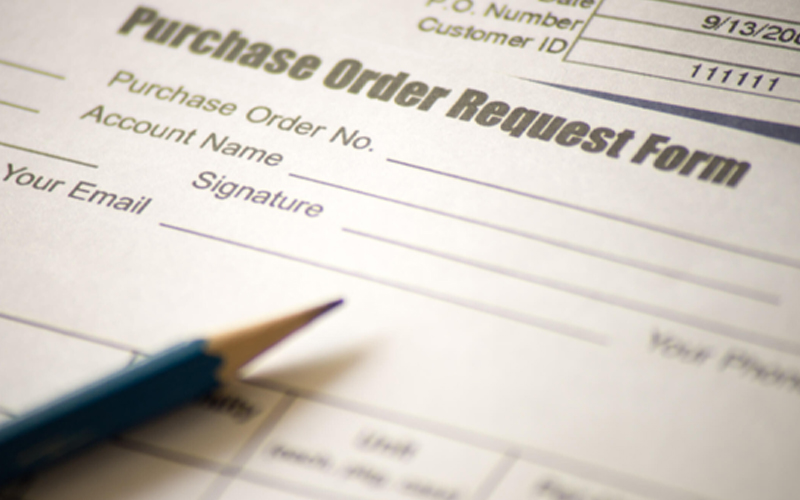Performed manually, Accounts Payable (AP) is among the most time-consuming and labor-intensive finance functions. 84% of AP workers are convinced that their department can benefit substantially by eliminating manual processes and paper invoices.[1] Forward-thinking businesses worldwide are already geared up to adopt end-to-end AP automation services.
However, complete cloud-based automation comes at an expense, which can be justified only by a measurable return on investment. How do you ensure that automating a spend function yields sizeable benefits to your firm? Further, how do you calculate the real ROI of Accounts Payable automation? To answer these questions, we have to factor in two points:
- The downsides of continuing with manual processes
- The total costs involved in end-to-end automation
The disadvantages of manual processes
Manual invoice processing is tedious, time-consuming, error-prone, and open to fraud. The real cost of avoiding automation is evident when we consider the following facts:
- The cost per manually processed invoice ranges from $12 to $35, peaking at $40 for exceptions. At times, the processing cost can exceed the invoice amount. Automation can reduce the cost to $5 per invoice.
- The manual procure-to-pay cycle can last several days or weeks, leading to late payment fees, strained vendor relations, and poor payment terms. Automation decreases processing time by up to 70%.
- Companies with suboptimal finance processes lose up to 5% of their revenue to fraud each year.
- Businesses may also forfeit up to 1% of sales annually and show a 3.3% error rate in sales forecasts due to inefficient manual processes that affect decision-making.
- AP errors often lead to duplicate payments, missed discounts, and overlooked credit notes, affecting the organisation’s bottomline.
Costs involved in AP automation services
To sum up the investment expenditure in adopting AP automation services, you must factor in the following costs:
- AP automation software license
- Installation costs
- Additional hardware, such as scanning equipment
- Employee training sessions
- Annual subscription and maintenance costs
How to calculate your AP automation ROI
To calculate your AP automation ROI in the first year, simply subtract your net annual savings from your total investment. Note that most AP automation costs are one-time expenses with recurring benefits. This means that the long-term ROI on AP automation is much higher as compared to the initial ROI.
Below are 5 factors to measure your accounts payable automation ROI:
-
Total invoice volume versus the number of invoices processed
-
Receipt-to-pay cycle times
-
Average per-invoice cost
-
Number of exceptions and non-PO invoices
-
Incorrect payment rate
Invoice volume, as against invoices processed in a specific period, is the first metric for measuring your AP automation ROI.
If your organisation receives 1000 invoices per month and your AP department can manually process up to 600, your invoice processing efficiency through legacy systems is 60%. If automation increases the number to 900, it shows a 50% increase in efficiency and a 90% processing rate.
It is crucial to track processing efficiency for extended periods. If your automated software falls below the 90% baseline, you need to identify the workflow gaps or bottlenecks hampering its efficiency and reevaluate your strategy.
Receipt-to-pay cycle time is the average time your AP teams spend on an invoice from receipt to archival. If your receipt-to-pay cycles are longer, you could be missing out on early-bird discounts or incurring late payment fees.
Automation streamlines and accelerates AP workflows and minimises invoice cycle times. Tracking cycle time reduction and discounts captured as a result are useful indicators of AP automation ROI.
This is a critical factor in determining AP automation ROI. You can calculate the cost per invoice by dividing the invoice processing costs during a specific period by the total number of invoices processed during that period.
Non-PO invoices and exceptions cost more to process. Your costs in handling them rise significantly with manual AP workflows. AP automation services can provide non-PO invoice coding to minimise data entry and reduce processing time.
Also, although some human intervention is necessary for identifying exceptions, machine learning software models can identify certain exceptions over time and handle them without AP intervention.
Tracking the rate of non-standard invoices in your organisation can give you a better idea of AP automation ROI.
The percentage of error reduction with automated software is an important measure of AP automation ROI.
Incorrect payments include duplicate payments, overpayments, payments to wrong entities, and similar instances of human error. Manual workflows typically show a 2% error rate. In firms with large invoice volumes, this adds substantially to revenue leakage.
Note that the above factors focus only on measurable ROI through AP automation. Automation also affords several intangible benefits, such as employee satisfaction, improved vendor relations, and freeing up human teams for more valuable tasks.
For organisations on the digital transformation journey, agility is key in responding to a rapidly changing technology and business landscape. Now more than ever, it is crucial to deliver and exceed on organisational expectations with a robust digital mindset backed by innovation. Enabling businesses to sense, learn, respond, and evolve like a living organism, will be imperative for business excellence going forward. A comprehensive, yet modular suite of services is doing exactly that. Equipping organisations with intuitive decision-making automatically at scale, actionable insights based on real-time solutions, anytime/anywhere experience, and in-depth data visibility across functions leading to hyper-productivity, Live Enterprise is building connected organisations that are innovating collaboratively for the future.
how can Infosys BPM help?
The Infosys BPM Accounts Payable on Cloud (APOC) SaaS platform manages all your invoice processing needs and provides real-time insights into accounts payable data. It enables you to achieve faster ROI through cost-per-invoice reduction, enhanced time efficiency, and AI/ML-driven self-learning processes.
Know more about how our automation services can help you turn accounts payable function into a profit-generating function.







